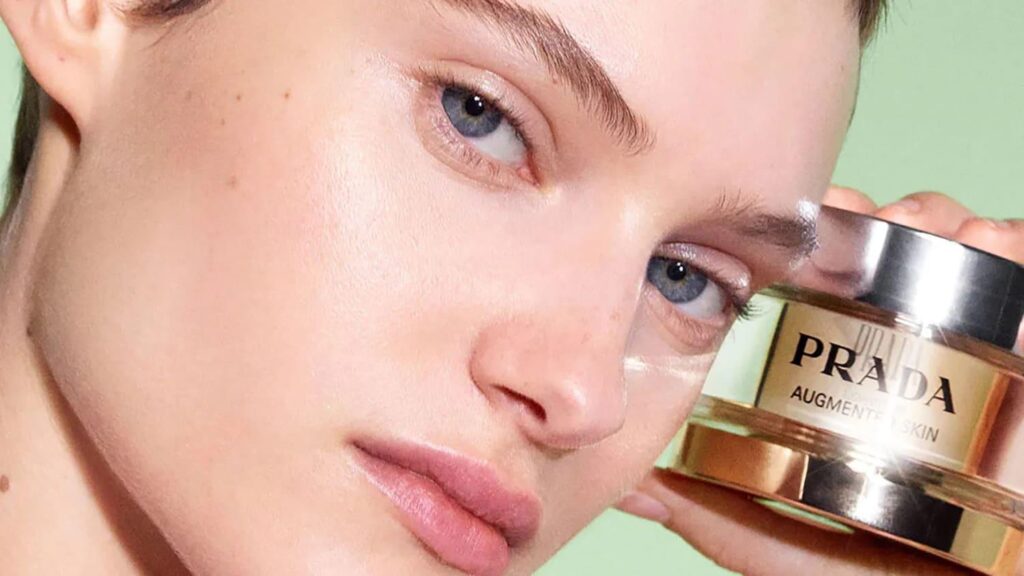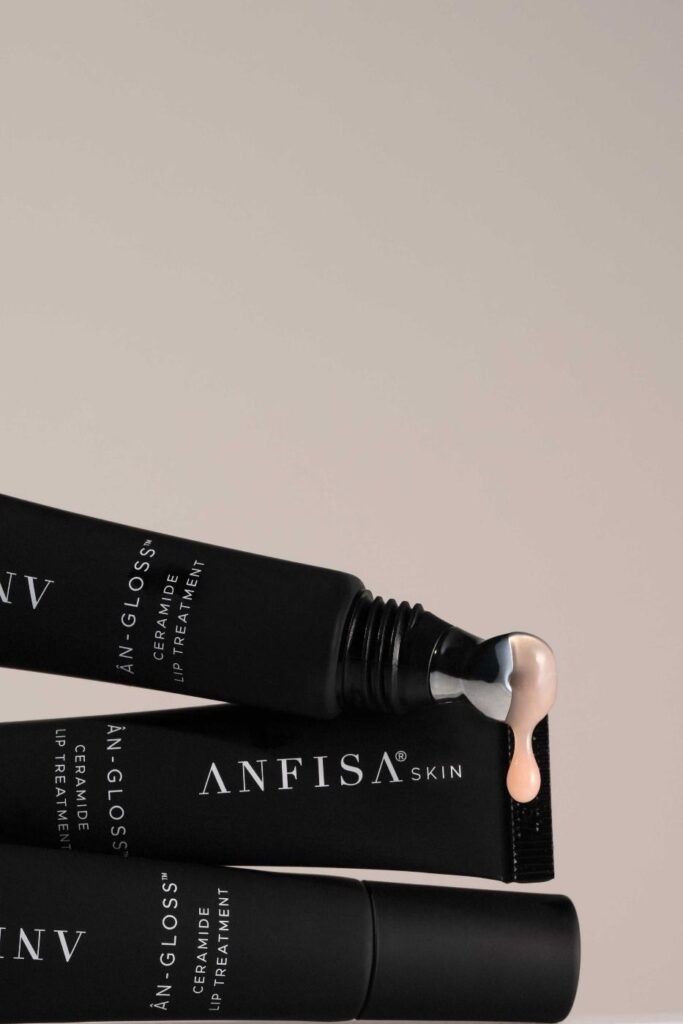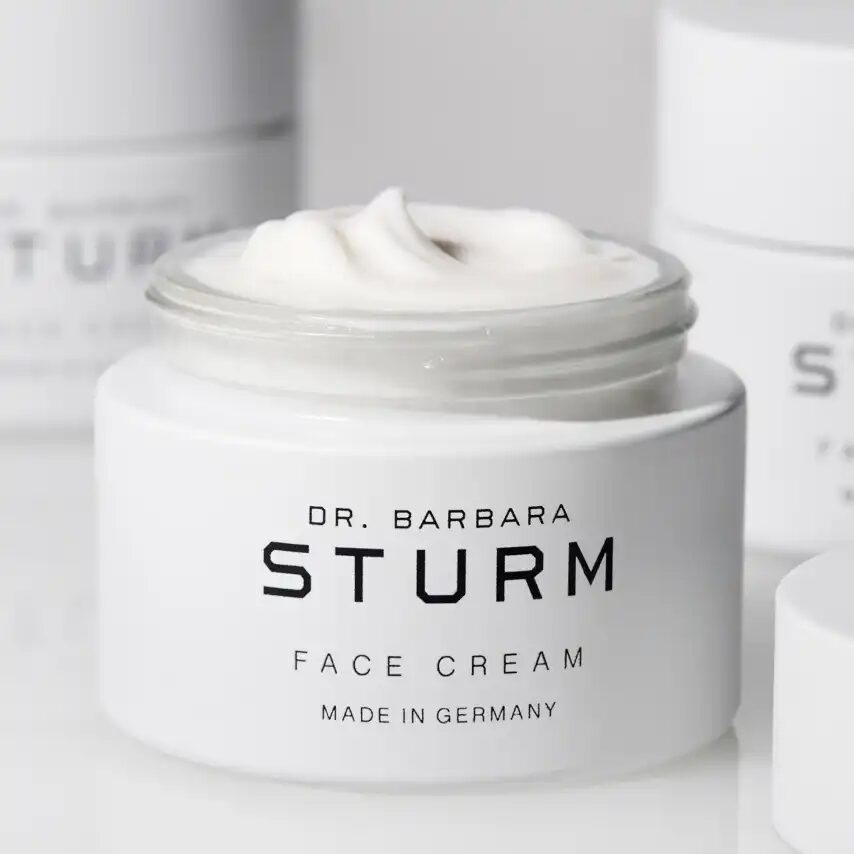Trend Watch – Ana Allen’s 2025 Makeup and Skincare Trends
December 17, 2024
I am thrilled to bring you my second annual Trend Watch report for the MakeUp in LosAngeles 2025 event. I am going to walk you through what will be some of the key trends and the most innovative brands that are driving the makeup and skincare categories in North America, both now and as the year 2025 unfolds.
State of the market
While the mass and masstige channels were hit by the post-Pandemic cost-of-living crisis in 2023, during 2024 we have seen an improved performance. Conversely, the luxury end of the market, while generally remaining robust, has faced some challenges, particularly as wealth has become more concentrated among older consumer groups, as well as questions about the sustainability of luxury products in general. That said, with US inflation back below 2.5%, the average consumer is starting to see a bounce in their spending power that is translating into a higher overall spend on beauty and personal care products this year, with these conditions expected to prevail throughout 2024.
Market intelligence providers estimate that the US market for color cosmetics was valued at $15 to $18 billion in 2023, and the market is expected to witness robust growth in the coming years, reaching an estimated value of $26.43 billion by 2032, according to Fortune Business Insights.
While estimates of the US skin care market value vary, depending on how it is defined, Grand View Research estimates that the value of the market in 2023 was $22.90 billion, and is projected to grow by 4.2% annually in the period 2024 through to 2030.
General trends
In last year’s report we highlighted that in 2024 sustainability, the more holistic approach to beauty and personalization were going to be the defining trends. In 2025 these trends will still play a major part in what’s happening but there are going to be other newer trends that will be all forging to define what the beauty market will look like in 2025.
Climate-adaptive beauty
With the impact of climate change bringing a spike in natural disasters such as flooding, forest fires and temperature extremes, there is a growing awareness that these events are impacting the lives of consumers. When it comes to beauty, climate change can often make it more challenging for consumers to maintain their beauty regimens, something that is definitely impacting both the skin care and color cosmetics categories.
Skin care has proved to be the most important category for developments in this area, with a number of products and even brand lines that target innovations helping individuals navigate the challenges that climate change presents when it comes to maintaining optimal skin health. A number of brands have launched skin care products targeting this area, including Ogee, with its one-of-a-kind moisturizer that ensures protection and treatment in a range of climate conditions. Following this trend, the Prada Augmented Skin Care Collection, which incorporates the gm Smart Technology that helps skin adapt to different environments.

The rise of eco-ethical brands
Sustainability has been of growing importance to beauty consumers for many years, but we are now entering a new age of consumer expectations, whereby the ethical aspect of a brand is becoming just as important. Consumers want to be assured that, not only is the beauty product they buy not impacting the environment, but also that it’s not negatively impacting humans or animals in any way.
Reflecting this, we are now seeing a new wave of brands that incorporate all of these values, ensuring that, for example, a product does not have an excessive carbon footprint, while also making sure that no people or animals have been exploited at any point in the supply chain.
While the interpretation of what defines a brand as being eco-ethical might vary, there are certainly a number of prominent players that have worked hard to tick the right boxes for this type of definition. Among them are Tata Harper, Kjaer Weis, L’Occitane, Axiology and Elate Beauty.
Tata Harper is perhaps one of the better-known brands to fit the eco-ethical label. It has done so by having a strictly vegan policy and very high-level transparency, while committing to the planet by sourcing the majority of its ingredients from its own farm, which is also organic certified. Added to this, all the finished products are earth-friendly thanks to sustainable packaging.

May Lindstrom is another skin care brand worth mentioning for its eco-ethical stance. Each product is handcrafted, while the ingredients are ethically sourced, organic, biodynamic and sustainably harvested. Founder May Lindstom sums it up by stating: “I make products that feel good, with ingredients I feel good about.”
Beauty tech playing an increasingly big role
Speaking at the 2024 Consumer Electronics Show (CES), in Las Vegas, L’Oréal CEO Nicolas Hironimus’s keynote speech noted that: “We are a tech company. We are a beauty company, but we are a tech company.” Hironimus went on to say that he anticipated that it will be technology that will help the company maintain its dominant position in the global market for beauty.
Reflecting this, L’Oréal has been continuing to invest increasing amounts of money into beauty tech, helping to develop the next generation of beauty devices and tech-driven accessories. Like most of the forward-thinking beauty players, the company has invested particularly heavily in Artificial Intelligence, which is powering a lot of its latest innovations. A prime example of this is Beauty Genius, which is an Artificial Intelligence powered beauty app that helps consumers diagnose problems and learn about the right treatments for them.
L’Oréal is also leading the way in technologically advanced devices and accessories, launching a succession of market-leading products over the past year or so. Those include the Lancôme Renergie Nano-Resurfacer 400 Booster, which has been developed to boost the penetration into the stratum corneum and amplify the efficacy of skin care products. Another diagnostic tool is the Kiehl’s Derma-Reader, which evaluates an individual’s skin using imaging technology and then recommends the right ingredients and skin care regimen to optimize skin health.

Tech multi-millionaire Bryan Johnson has garnered a lot of media attention concerning his quest to reverse his biological age. He has also made wearable beauty tech a significant part of his journey. His ‘Project Blueprint’ entails plasma transfusions and a nutrient-rich diet in his attempt to turn back the hands of time. While the science world has met some of Johnson’s claims with skepticism, he has also embraced a number of wearable devices as well as LED light treatments and diagnostic tools in an effort to enhance the appearance of both his hair and skin.
Live selling
While live selling has its origins in television sales channels like QVC, which goes back decades, the rapid switch to digital shopping has helped to cultivate a new, more sophisticated form of live selling. Online live selling enables brands to cultivate the right type of target audience, in a way that could never be achieved previously. Livestream shopping was first seen about seven years ago, and, while it’s growing in popularity, there is still plenty of untapped potential for beauty brands to explore.
Live selling has grown in tandem with the explosion of personalized beauty products, reflecting how perfectly matched for one another they both are. While consumers increasingly want and expect beauty products that match their exact needs, live selling enables those niche consumer needs to be matched to the right audience.
But live selling goes that one step further, allowing a more personalized touch with the help of professional salespeople and beauty experts, who can explain about the development process behind the products, the formulations, the scientific evidence and exactly how they work. While digital shopping is convenient and fast, it lacks the personal touch and interaction that many consumers are looking for. Live selling helps bridge that gap.

Lip care
Just as scalp care has become a big focus in hair care, lip care is also being seen through a new lens within the color cosmetics category. Big lips remain highly fashionable. But many individuals have discovered that the treatments and procedures that help give them those bigger lips, also means they dry out faster, necessitating more care. In response, many consumers are looking for solutions to help ensure that their lips remain hydrated and healthy looking.
Countering the trend for ‘swollen’ lips, amore natural look is gaining in popularity. Brands are responding with products that include ingredients typically found in skin care products to protect and hydrate the lips, while providing a more natural and healthier look.
Reflecting the emphasis on lip care, indie makeup brand Anfisa launched An-Gloss Ceramide Lip Treatment in 2024. It garnered rave reviews and went viral on social media as it managed to hit several spots, ultimately providing additional lip care claims alongside a glossy finish. It includes the brand’s CeraBind Technology, which combines five skin-identical ceramides and vegan cholesterol, which not only strengthens the lip membrane, but also helps to provide moisturization.

Makeup brands with skin care benefits
Just like lip care, makeup is also seeing the incorporation of skin care ingredients to provide the added benefit of enhanced skin health as well as anti-aging claims.
Known as hybrid color cosmetics, these products are underscored by a growing number of color cosmetic launches on the market that are being formulated with ingredients to enhance the skin. Some of the most interesting recent launches that target this trend include the Saie Glowy Super Gel. This is a lightweight multipurpose illuminator that provides a glow-up while incorporating skin-quenching plant derived squalene and moisturizing glycerin.
CC creams have also been given a big boost on the back of this trend, with a number of the big players launching in this space. IT Cosmetics CC+ Cream has proved to be a firm favorite, thanks to its full-coverage foundation claims, an anti-aging serum and a broad spectrum SPF 50+ that gets a number one rating from the SPF Foundation in America.
Meanwhile, the Urban Decay All-Nighter Vitamin C Setting Spray has hit the right spot with those looking for longer-lasting makeup. It claims to help keep makeup in place for up to 16 hours, while also promising to have a cooling and refreshing effect on the skin.

Dermatologist brands
Following the Pandemic there was a significant spike in consumers turning to professionals for beauty product tips and tricks that they can use at home. That trend has really played out in the dermatologist skin care category, which has seen a significant spike in the number of new brands hitting the market backed by dermatologist’s expertise.
While this category is also known as medical grade skin care, it is characterized by hugely popular brands like AlumierMD, Biophora and CP Skin Health. Meanwhile, a growing number of brands that carry the names of eminent skin care experts are hitting the market and meeting with huge success. Several brands that have been on the market for some years include Dr. Barbara Sterm, Dr. Dennis Gross and Augustine Bader.

Men’s products boosted by celebrity launches
Men’s grooming is getting a mention for the second year running. Interest in this category is being driven by the advent of a younger consumer, namely Generation Z, who is maturing and building up their spending power, while also having a more conscientious and open attitude to personal care and grooming.
What is propelling men’s products back into the limelight again this year is the fact that we are seeing a boost from celebrity launches. Those launches have included a nail care line from Harry Styles by the Avant Garde brand, Pleasing. Meanwhile, Hollywood A-lister Brad Pitt is also trying his hand in the men’s grooming space by putting his name behind the newly launched skin care line, Le Domaine. It is a portfolio of four genderless luxury products that include a Serum, Cream and Cleansing Emulsion. Other male grooming celebrity endorsed launches to hit the market recently include Papatui by Dwayne ‘The Rock’ Johnson and the anti-aging line Loved01 from John Legend.

2025 Makeup Trends Summary
Modern-Meets-Nostalgic Eyes: A blend of past and present, featuring neon liners with pastel shadows, glittery lids with cat-eye flicks, smokey eyes with pops of color, and ’60s-inspired graphic eyeliner.
Bold Eyes: Make a statement with graphic liners, exaggerated lash lines, and vibrant shadows. Experiment with different eyeshadow finishes for a striking look.
Blurred, Feathered Lips: Soft, romantic lips achieved by applying a lip tint, blending it out for a diffused look, and layering shades for dimension. Finish with translucent powder.
“Blonzer” Blushes: A mix of blush and bronzer that creates a natural, sun-kissed glow with a soft flush of color.
Smoky Cat Eyes & Smoky Eyes: A seductive take on smoky eyes, incorporating bold cat-eye flicks. This classic look can be personalized with black or earthy tones.
Unexpected Pops of Color: Add a surprise splash of color with bold liners, bright inner corner highlights, colored mascara, or a vibrant blush.
Minimalist Beauty: A “less is more” approach, focusing on dewy, natural skin, lightweight foundations, subtle mascara, and tinted lip balms.
Vampy Lips: Deep, dark lip colors like plums and burgundies make a bold comeback, perfect for a dramatic statement.
A Case of the Blues: Blue eyeshadow returns with shades ranging from pastel to electric. Experiment with blue eyeliner, bold blue smokey eyes, or a pop of color on the lower lash line.
Minimalist, Feathery Lashes: Natural, wispy lashes take the spotlight, adding subtle drama with lengthening mascaras or individual false lashes.
These 2025 makeup trends combine bold, artistic expressions with minimalist elegance, offering something for every style and personality!
the newsletter
The beauty hustle
About
live selling
Stay Updated with the Latest Beauty Trends & Tips
Subscribe to our newsletter for exclusive insights, industry news, and updates on our latest services and events.